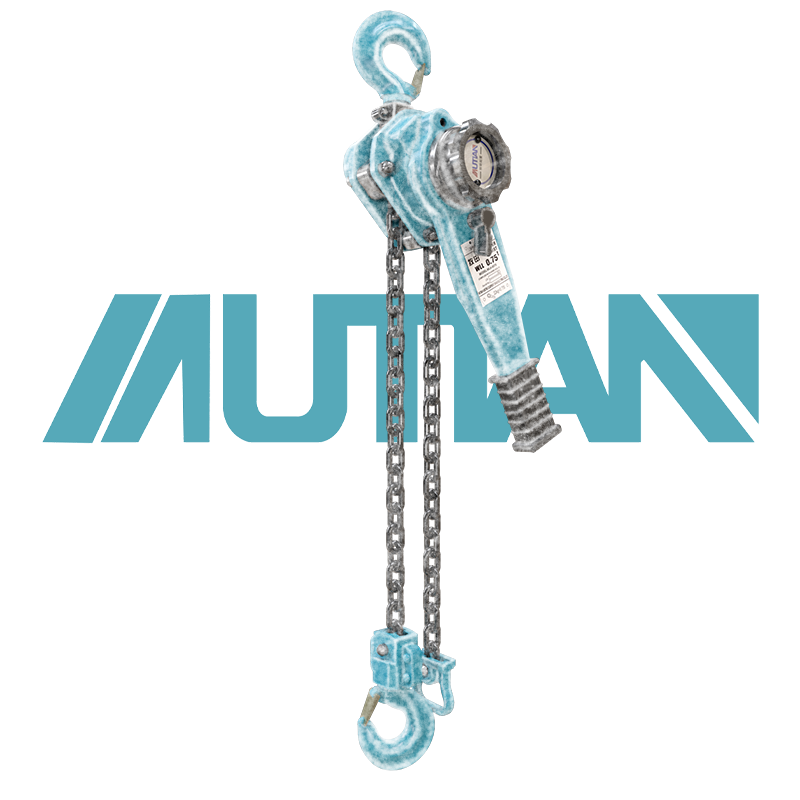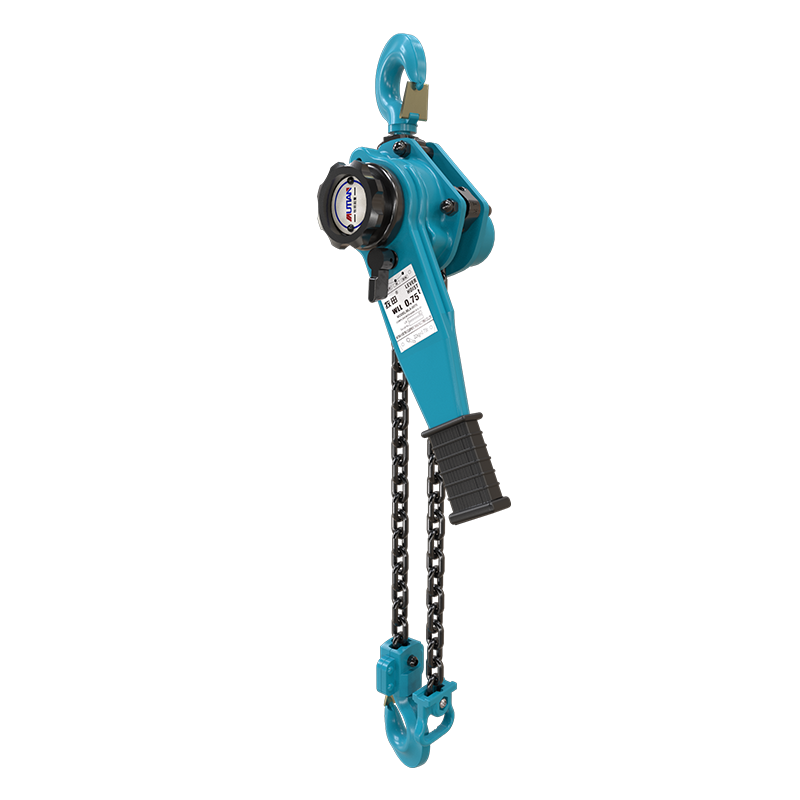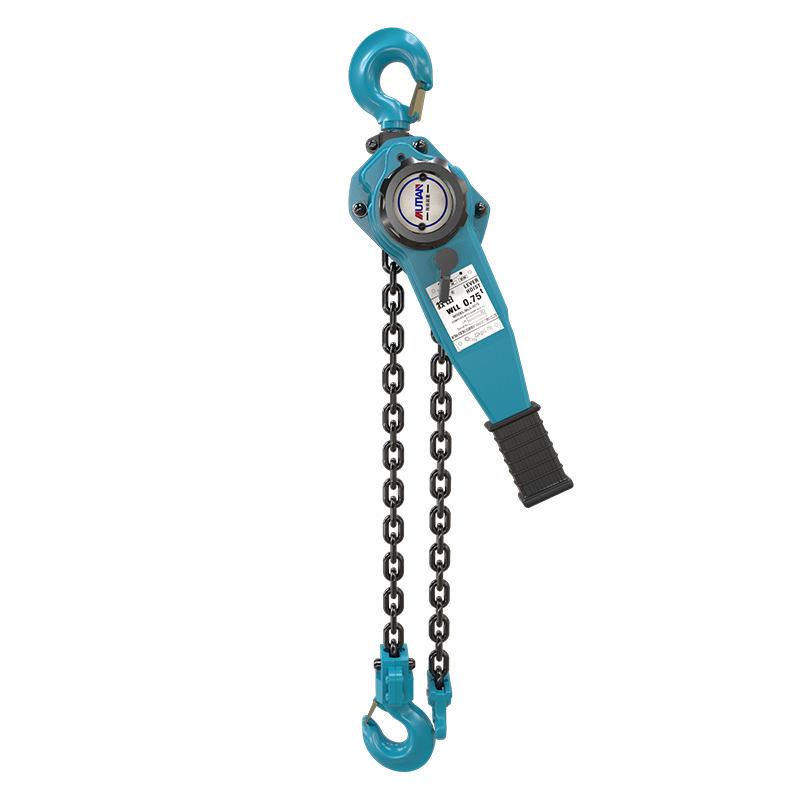 中文版
中文版



Welcome to contact us by phone:0086-0312-7969888
When using a cold-resistant lever hoist, especially in low-temperature environments, it's important to follow specific guidelines and precautions to ensure safe and efficient operation. Here are some key considerations and things to pay attention to when using a cold-resistant lever hoist:
Manufacturer's Guidelines:
Always follow the manufacturer's guidelines, recommendations, and specifications provided in the user manual. This includes information on temperature ranges, maintenance procedures, and load capacities.
Temperature Limits:
Be aware of the specified temperature limits for the lever hoist. Ensure that the hoist is used within the designated temperature range to maintain its performance and safety features.
Inspection and Maintenance:
Conduct regular inspections of the lever hoist, paying attention to components such as the load chain, hooks, ratchet mechanism, and housing. Cold temperatures can affect materials, so it's crucial to identify any signs of wear, damage, or corrosion.
Lubrication:
Use lubricants that are suitable for low temperatures. Cold-resistant lever hoists should be lubricated with products designed to remain effective in cold conditions to ensure smooth operation and prevent freezing.
Handle with Care:
Be cautious when handling the lever hoist in cold conditions, as materials may become more brittle. Avoid dropping or impacting the hoist to prevent damage.
Protective Gear:
In extremely cold conditions, use appropriate protective gear such as insulated gloves to protect your hands from the cold and to maintain a secure grip on the handle.
Load Capacity:
Adhere to the specified load capacity of the lever hoist. Do not exceed the rated capacity to prevent overloading, which can compromise the safety of the hoist.
Hooks and Attachments:
Inspect hooks and attachments for signs of wear, deformation, or damage. Ensure that hooks are properly engaged and securely attached to the load.
Avoid Sudden Loads:
Avoid sudden or jerky movements when lifting or lowering a load, as this can place additional stress on the hoist components. Operate the lever hoist smoothly and steadily.
Training and Certification:
Ensure that operators using the lever hoist are properly trained and certified. Understanding the correct operation, load limits, and safety procedures is crucial for preventing accidents.
Storage Conditions:
When not in use, store the lever hoist in a dry and sheltered environment. Avoid leaving the hoist exposed to the elements, as moisture and extreme cold can impact its performance.
Emergency Procedures:
Familiarize yourself with emergency procedures and know how to respond in case of a malfunction or unexpected situation. Have a plan in place for addressing potential issues.
By following these guidelines and paying attention to the specific requirements of the cold-resistant lever hoist, users can help ensure safe and reliable lifting operations in low-temperature environments. Regular inspections, proper maintenance, and adherence to safety protocols are essential for the longevity and performance of the hoist.


X